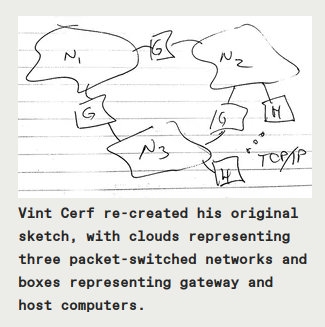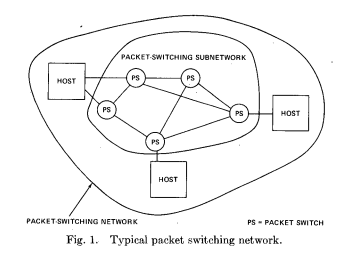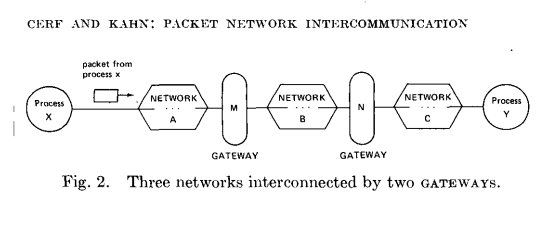He’s not just involved in the effort to extend the internet to outer space: he’s also doing one for interspecies communcation!
https://spectrum.ieee.org/vint-cerf
For the past five decades, Cerf, now 79, has been perfecting, extending, and evangelizing the Internet. It is for this—his contributions in cocreating the Internet architecture and his leadership in its growth to date—that Cerf is the recipient of the 2023 IEEE Medal of Honor.
[…]
There are other Internets to be architected. Cerf points to his office whiteboard, where a scrawled diagram looks something like a complicated version of that first sketch for the Internet. The diagram is part of the design-in-progress for the Interplanetary Internet, an effort to connect a future Internet on the moon, other planets, and traveling space probes to one another and the terrestrial Internet.“It requires a different set of protocols,” Cerf explains, “because TCP is not designed to do flow control with a 40-minute round trip. The problem gets worse when you go to the outer planets. Instead of minutes, it’s hours or even days. And the planets are rotating, disrupting communication. So we had to develop delay-and-disruption-tolerant networking, a protocol we now call the Bundle Protocol Suite.” Cerf has been working on the Interplanetary Internet since 1998; the effort has grown from a handful of people to hundreds today.
“Patience and persistence,” Cerf says. That’s been his motto throughout his career. “I’m not going to see the end of this. I feel like I’m in chapter two of what will be a much longer story about the history of interplanetary networking.”
Then there is the Interspecies Internet, an effort launched in 2007 by Cerf, Diana Reiss, director of the animal behavior and conservation graduate programs at Hunter College, in New York City; Neil Gershenfeld, director of MIT’s Center for Bits and Atoms; and musician Peter Gabriel. This global think tank now has more than 4,500 members and is looking to AI to help translate the signals from one species into those that other species can understand.
“It’s been a slow process,” Cerf says, “but it’s like all my other projects—it might take decades.
“I feel like Lewis and Clark, wandering in a landscape full of ideas and endless frontiers. Software, and therefore computer communication, simply has no limits. You never know what you are going to turn up next.”


